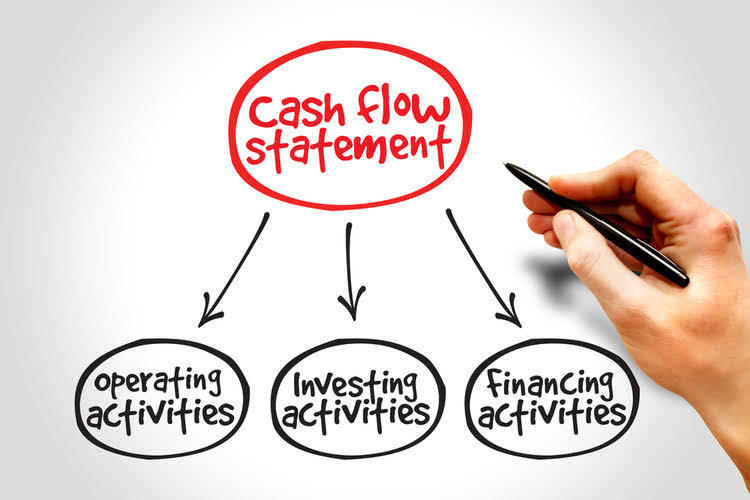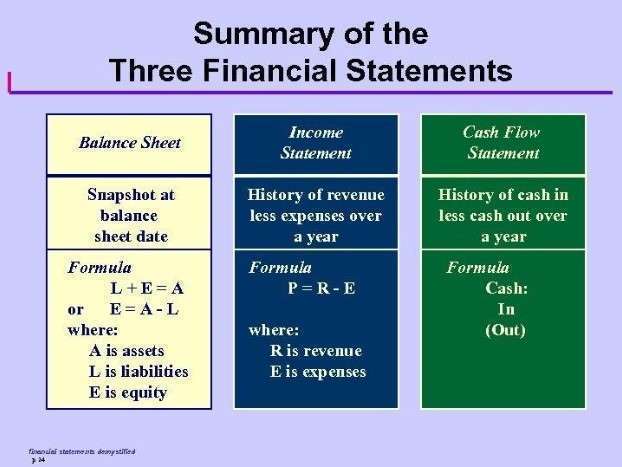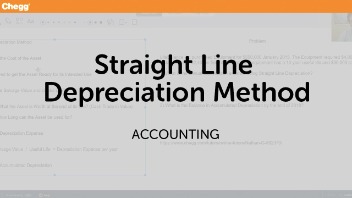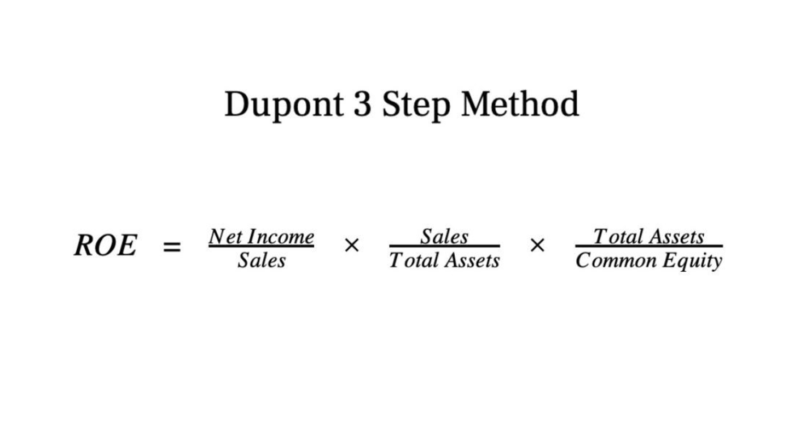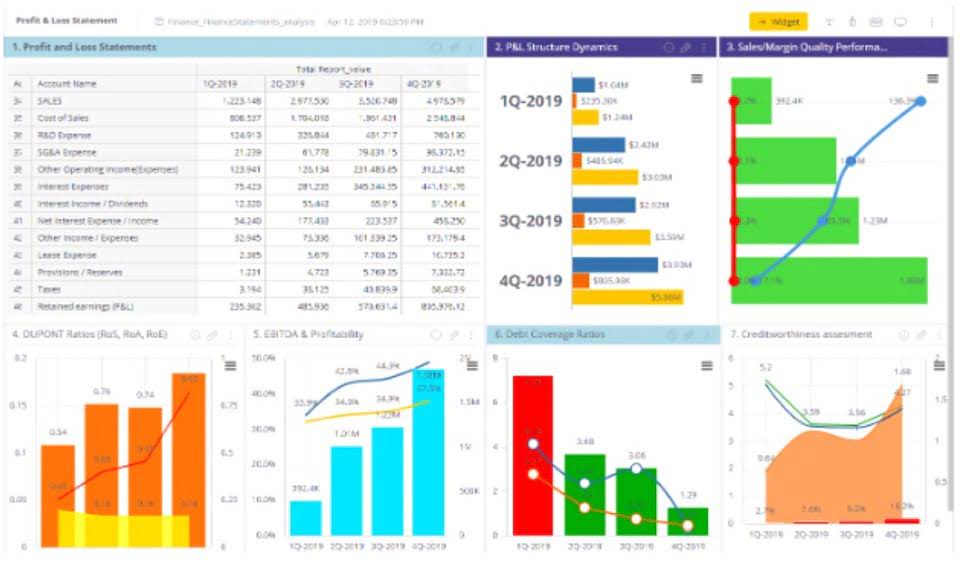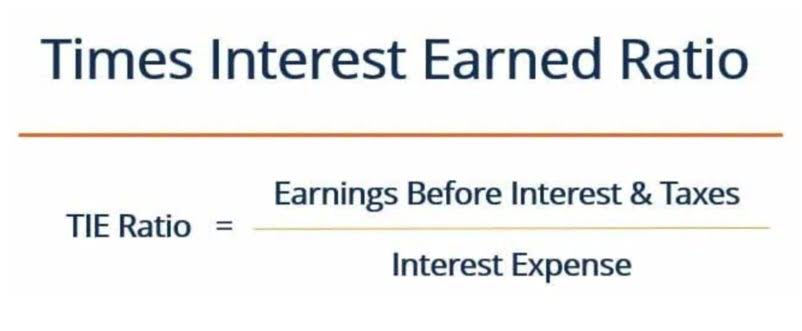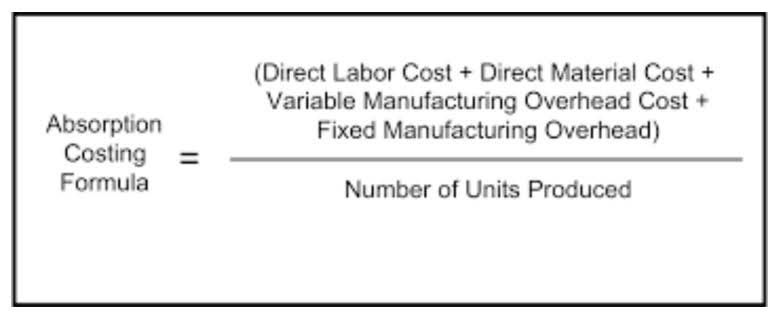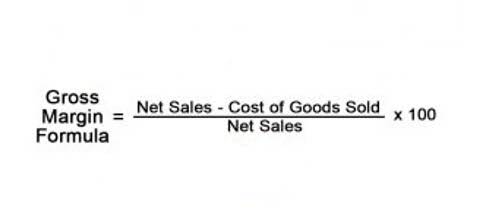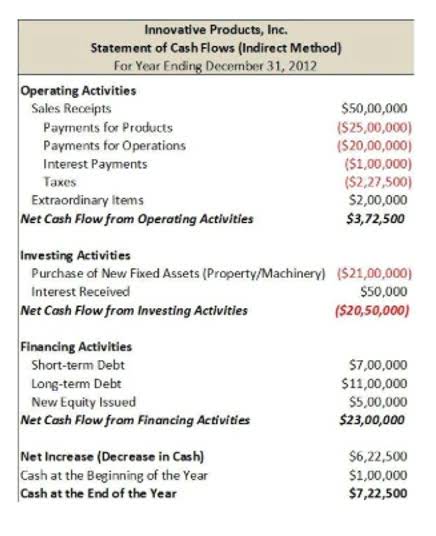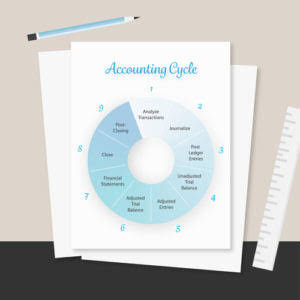High Quality Property Management Services Eastern MA Financial Reporting Services
Corporate bylaws define your business’ structure, roles, and specifies how your company will conduct its affairs. You can read some boilerplate bylaws or have them created on sites like Rocket Law and Legal Zoom. If you formed an s-corp, it’s probably not because it’s something you’ve been dreaming of doing since you were a child. No kid has ever thought, “Gee, I can’t wait to be a grown-up so I can form a corporate entity all my own!” That would be disturbing. You probably formed an s-corp because your accountant, attorney, or colleague told you it was a good idea and that you’d save a bunch of money on taxes, like maybe even thousands of dollars.
The Financial Zone
Have you ever thought about the advantages and disadvantages solo vs group private practice? As experts, we rounded up key points about both and even included a checklist so you can make the right decision. As an S-Corp, you’re expected to follow a set of rules specific to S-Corps. According to the plan passed on Friday, the change will set in from 1 January 2025, with the respective retirement ages raised every few months over the next 15 years, said Chinese state media.
What Is An S-Corp? Choosing The Best Business Structure
- We provide a service that shows the business owner their numbers in real time, and gives them the opportunity to talk about the future of their business by looking at the past and present.
- The S corp is available only to small businesses with 100 or fewer shareholders.
- Also similar to sole proprietors, partners must pay a self-employment tax, where applicable, on all gains without the benefit of separately categorized distributions that may go untaxed.
- An S-corp is a specific tax designation governed by the tax code’s subchapter “S”—where it gets its name.
- When those profits are distributed to shareholders, the shareholders also pay personal taxes on them.
- In this post, we’ll talk about the books you need for proper S Corp financial management and taxation.
- S corps combine the benefits of corporations with the tax advantages of partnerships.
Although S corporations have some restrictions on the number of shareholders, they can still have multiple individual shareholders. LLCs have even more flexibility in terms of ownership, as they can have an s corp bookkeeping unlimited number of members. Both S corps and LLCs are known as pass-through entities because they pay no corporate taxes. Instead, they pay their shareholders, who become responsible for the taxes due.
What Are the Rules You Must Follow When Accounting For S-Corp?
You’ll often be required to complete the annual filing pretty soon after you initially set up your company. To find out more about this requirement for your s-corp, check in with your secretary of state office, with your accountant or your attorney. Just like with state tax filings, your local city and county government might require you to complete annual tax filings for your business. Each local government is different and unique with their own laws and regulations.
Quarterly payroll tax filings
Bookkeeping for an S Corp is not much different from any other business type. You just need to do the basics right and your business will stay upright. We’ll tackle the basics but also the unique financial challenges artists face. We take monthly bookkeeping off your plate and deliver you your financial statements by the 15th or 20th of each month.
Entity and Structural Requirements
Your S-corporation election requires your entity must be a domestic business, meaning it must have been formed or incorporated within the United States. https://www.bookstime.com/ is an important part of running your corporation and maintaining your special S corp tax election. You will need to keep accurate records of your business transactions so that you can fulfill your annual reporting requirements. In most cases, hiring a professional bookkeeper is the best way to maintain your corporation’s financial records.
What are the most common bookkeeping mistakes made by S corporations?
- A shareholder who contributes $10,000 in cash, a computer worth $2,000, and software worth $400 would have a capital account showing a total investment of $12,400.
- An S-corporation is a tax classification, while an LLC is a type of business entity.
- S-corps also have to hold regular shareholder meetings, keep minutes of meetings, and maintain proper financial records.
- By default, LLC owners are self-employed, paying both personal income tax and self-employment tax on their share of business profits.
- Understanding the pros and cons of S-corps and LLCs can give you a better idea of which one’s better for your business.
Each member’s portion in the ownership equity is in proportion to her shares in the corporation. LLCs often choose S-corp status to reduce the owners’ self-employment taxes. By default, LLC owners are self-employed, paying both personal income tax and self-employment tax on their share of business profits.
Differences between S-corps and LLCs
- The value of assets are adjusted for depreciation expenses, and liabilities are adjusted by payments made toward the debt.
- Accounting for revenue is one of the primary basic bookkeeping tasks of an S corporation.
- It offers similar liability protection, ownership, and management advantages as a C corp.
- A shareholder’s basis will increase or decrease based on whether the corporation has realized a profit or loss.
- S Corp bookkeeping can differ from the usual record-keeping for your average business.
- Knowing the difference between an S-corp vs. LLC can help you decide which business structure works best for you and bring you benefits that align with your goals.

